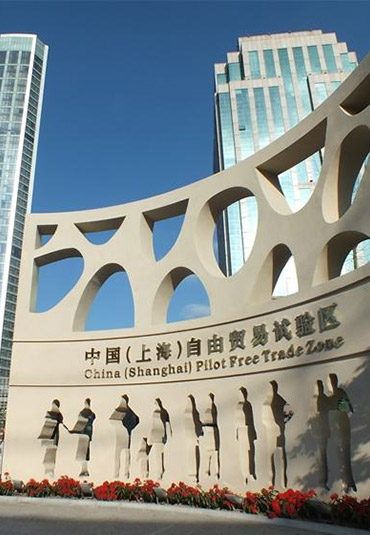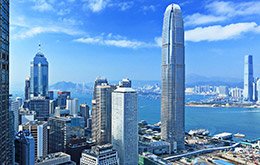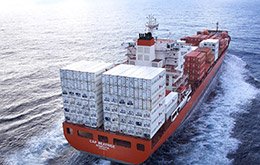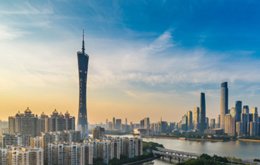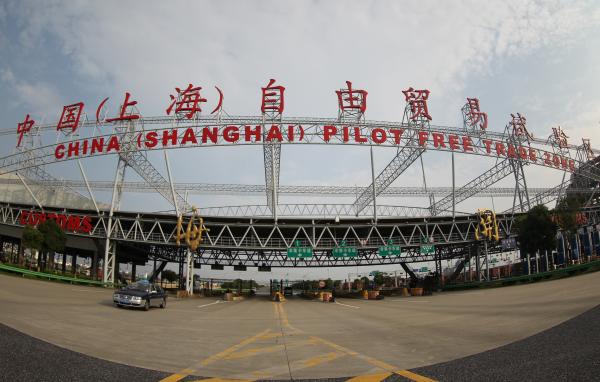
The Shanghai free trade zone registration allows foreign businesses to take the same advantages as with a Hong Kong FTZ in China. The Shanghai free trade zone covers an impressive 28.79 square kilometers. The development of the Shanghai free trade zone is a major step forward for China and is an attempt for China to improve its relations with the rest of the world as it grows into a formidable economic powerhouse of the east. In 2014, the Standing Committee of the National People’s Congress authorized the State Council to expand the existing Shanghai free trade zone to a whopping 120.70 square miles, nearly five times to what it is now. The area covers four special customs supervision areas;
The expansion area includes;
The area includes the Lujiazui financial zone, Jianyang road, Pudong south road, Longyang road, Jinxiu road, Luo Shan road to the east, Central Circle to the south, Huangpu River to the west, and Huangpu River to the north, covering a total area of 34.26 square kilometers. Jinqiao development zone spans for a total area of 20.48 square kilometers, and includes; east to outer Ring Greenbelt, south to Jinxiu East road, west to Yanggao road, and north to the Huge Peak road. The Zhangjiang high-tech zone spans for 37.2 square kilometers and includes; east to the Outer Ring Line, Shenjiang road, south to the Outer Ring Line, west to Luo Mountain Road and north to Longdong Avenue.
Shanghai FTZ Encourages:
|
Shanghai FTZ Launched
|
FTZ's Attraction
|
Comprehensive Bonded Zones
China’s industrial economic development goals for the free trade zone, relies on its development of the foundation of the SFTZ. The Shanghai Free Trade Zone is going to help accelerate the development of not one, but five industrial clusters, which include financial services, international trade, professional services, shipping services, and high-end product manufacturing.
Based on regional first-mover advantages, Waigaoqiao Free Trade Zone was made to be highly functional in a concentrated area, which gives priority to the function in international trade services, financial services and professional services with multivariate integration in business, commerce, culture and leisure functions. Some of the highlights of the Waigaoqiao Free Trade Zone are; the Waigaoqiao bonded logistics park, relying on Waigaoqiao port and Waigaoqiao free trade zone, has become an international logistics service area.
Yangshan Bonded Port
One of the main benefits of the Yangshan Bonded Port area is that it makes full use of its unique deep-water location, and perfect waterway conditions, including the linkage of the Lingang area (including Nanhuj new town). The area greatly relies on the superposition advantages of the pilot free trade zone, and the international shipping development zone, which makes it a highly competitive, functional area for offshore services and international shipping.
The large free trade zone in Pudong Airport relies on its status of being located in an Asia Pacific aviation hub. It takes full advantage of its geographical location, and flow of international passengers, business flow, logistics and linkage development, with many tourist resorts in the surrounding area. This helps strengthen the functions of its international services, and helps expand the functions of high-end commerce and trade in the region. This is also one of the reasons why getting a Shanghai free trade zone registration is considered to be very attractive for foreign business.
Lujiazui Financial Area
The Lujiazui Financial Area is the core area of the Shanghai free trade zone, and offers high-end services and also boasts of the Shanghai international shipping center and a modern trade zone of Shanghai international trade center. The financial system of the Shanghai free trade zone is connected with international rules and regulations of trade, and has been adapted in accordance with the modern service industry.
Apart from that, Business China continues to promote investment facilitation with its Shanghai free trade zone registration, along with other benefits. Some of the other Shanghai free trade zone tax benefits include, trade liberalization, regulatory innovation, financial internationalization, accelerated formation of an international organization, market based development, ability to operate within a safe business environment. The Lujiazui Financial Area also includes the Pre-Expo Beach area;
The expo section is the focal region of Shanghai's new development, in which a gathering zone including the headquarters economy, shipping finance, cultural and sports tourism, high-end service industry is under the building.
Jinqiao Development Zone
The Jinqiao Development Zone is another key functional area that offers advanced manufacturing opportunities after a Shanghai free trade zone registration. It is the main area for producer services, and the leading area for strategic emerging industries including an economical industry demonstration zone. The key feature of this area is innovation which has been possible thanks to government management and a strict and fair financial system, which allows foreign companies to also take advantage of the Shanghai free trade zone and grow their business. It’s strategic placed to cultivate the strategic emerging industry which can represent the state to participate in international competition, while at the same time, enhancing the vitality of economic development and the innovation ability.
Zhang Jiang High-Tech District
The Zhang Jiang High-Tech District is another core base for implementation of the innovation-oriented economic strategy in Shanghai, which is to push the construction of Shanghai free trade zone and the Zhangjiang national independent innovation demonstration area into a centralized zone. This will make it possible to improve innovative ideas and power in the Zhangjiang park, focusing on the exploration and innovation of national science center, which will include the promotion of four new economy, public service platform for science and technology innovation, finance, talent highland and comprehensive environment optimization.
Advantages of The Shanghai Free Trade Zone
For business in enterprises and institutions, some of which can be done in the free trade zones (FTZS), some can be done in FTZS and some can be done entirely in FTZS. The advantages of this sector are mainly reflected in the following five aspects:
- I. Negative list management - In the free trade zone, the negative list is still in accordance with the agreement of both foreign and internal management. In other words, a foreign capital enterprise and project registration records management including contract, articles of association, etc.
- II. Service sector and manufacturing sector are Flourishing - Since the Shanghai pilot free trade zone branch is listed, there have been 54 measures that have been taken in the service sector and in some manufacturing sectors. These opening measures are currently only piloted in the district.
- III. Record management of foreign investment -Normally, it takes up to 3-6 months for NDRC, commerce committee, foreign exchange and other departments to examine and approve foreign investment, now project below $300 million in free trade zone can be completed in 3 working days for the record, the speed of capital putting overseas was greatly accelerated.
- IV. A new trade facilitation model - Special customs surveillance sectors of free trade zone pioneers in exploring "one line open, second line under safe and efficient control and free zone" pattern in the country. This also includes the formation of a series of institutional arrangements in trade facilitation including shipping customs clearance, inspection and quarantine, selective tax, and promoting the rapid development of a series of new business, including the state of a single window of international trade, classification regulation on goods states, etc.
- V. Financial innovation - Financial liberalization and innovation is an important part of the reform of the Shanghai free trade zone rules. At present, the accounting business based on the free trade account and foreign currency financing are only piloted in the free trade zones. Although businesses which are welcomed by the enterprises such as cross-border renminbi, two-way pool and foreign exchange funds centralized operation management has been replicated across the country. It is still considered to be more convenient doing business inside theShanghai free trade zone.
